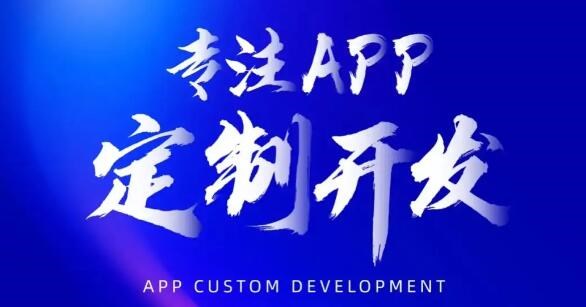中文化、本土化、云端化的在线跨平台软件开发工具,支持APP、电脑端、小程序、IOS免签等等
Docker 是一个开源的容器化平台,用于打包、交付和运行应用程序。它允许开发者使用容器技术来构建、部署和管理应用程序,提供了更高效、可移植和可扩展的开发环境。
Docker 的工作原理是基于 Linux 内核的 cgroup、namespace 和 AUFS(Advanced Multi-Layered Unification Filesystem)等技术。它利用这些内核功能,创建一种轻量级的虚拟化,在一个完全隔离的环境中运行应用程序。
下面是 Docker 开发应用程序的详细步骤:
1. 安装 Docker:根据操作系统的不同,可以从 Docker 官方网站或相关软件包管理器中下载并安装 Docker。
2. 编写 Dockerfile:Dockerfile 是用来定义如何创建 Docker 镜像的文本文件。它包含一系列的指令,例如基础镜像、添加文件、设置环境变量、安装软件等。通过编写 Dockerfile,你可以定义一个可复用的构建过程。
3. 构建镜像:使用 Docker 命令行工具执行以下命令来构建镜像:
```
docker build -t
```
这条命令会根据 Dockerfile 的定义,下载所需的基础镜像并生成一个新的镜像。
4. 运行容器:构建镜像后,可以使用以下命令来运行一个容器:
```
docker run -d -p
```
其中,-d 参数表示在后台运行容器,-p 参数可以将容器端口映射到主机端口。
5. 开发应用程序:通过进入运行中的容器,你可以像在任何其他环境中一样开发应用程序。你可以使用容器内的工具和资源来运行、调试和测试应用程序。
6. 保存镜像:如果你对镜像进行了修改,可以使用以下命令将其保存为新的镜像:
```
docker commit
```
其中,
7. 分享镜像:如果你想与他人共享你的镜像,可以使用以下命令将其推送到 Docker Hub 或其他镜像仓库:
```
docker push
```
之后,他人就可以使用相同的镜像来运行你的应用程序。
总结起来,使用 Docker 开发应用程序可以提供一种可移植、可复用、隔离和高效的开发环境。你可以使用 Dockerfile 定义构建过程,构建镜像并运行容器来开发和测试应用程序,最后分享你的应用程序镜像给他人。这种开发方式大大简化了环境配置和交付过程,提高了开发效率。





